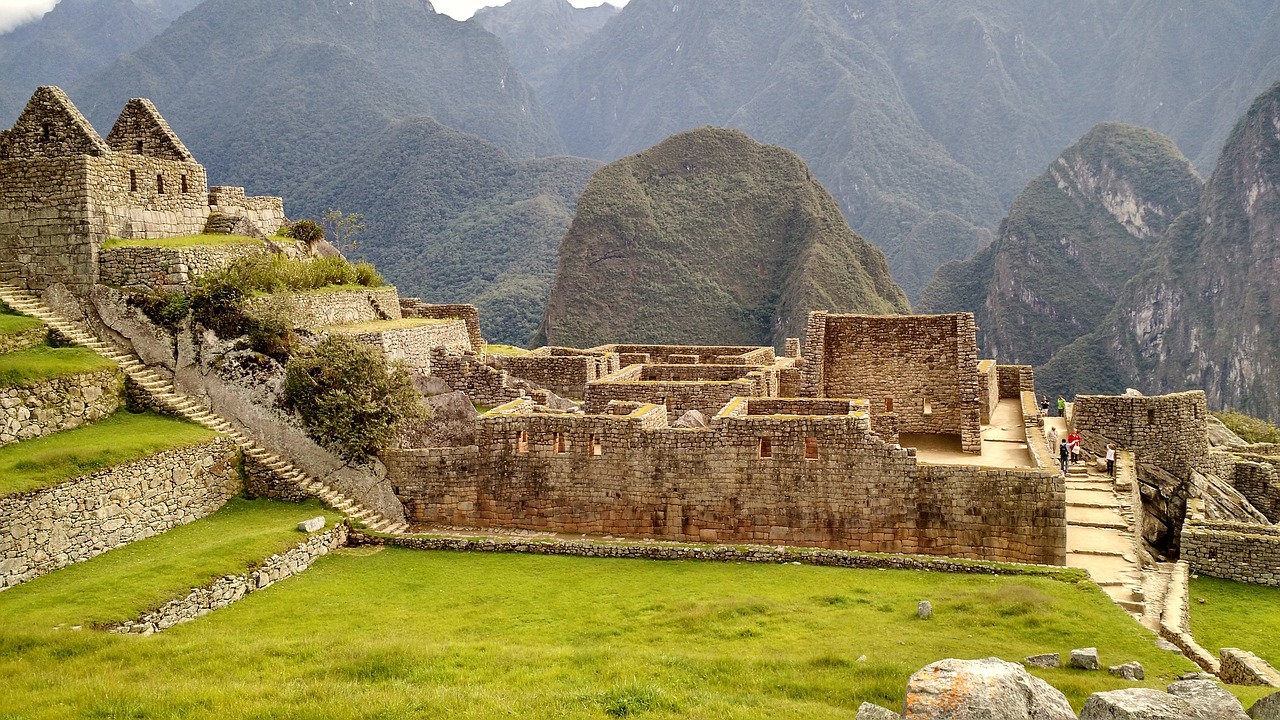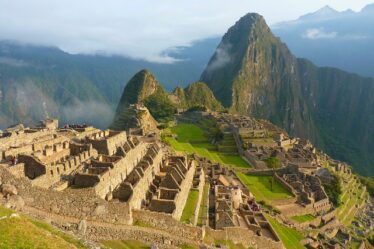
The Stairs of Death on Huayna Picchu, often referred to as the “Hike of Death,” is one of the most thrilling and challenging trekking experiences in the world. Located in Peru, Huayna Picchu is the iconic mountain that rises over the ancient Incan city of Machu Picchu. This steep and narrow trail, carved into the mountainside by the Incas, offers breathtaking views and a heart-pounding adventure for those daring enough to undertake it. This comprehensive guide will provide detailed information about the history, the hike, and practical tips for conquering the Stairs of Death.
Historical Background
The Incan Civilization
The Incas were masterful builders, known for their sophisticated engineering and architectural skills. Machu Picchu, constructed in the 15th century, stands as a testament to their ingenuity. The site was likely a royal estate or religious retreat, strategically located amidst the sacred landscape of the Andes.
Huayna Picchu
Huayna Picchu, meaning “Young Peak” in Quechua, is the towering mountain that forms the backdrop of the classic Machu Picchu postcard view. The Incas built a network of trails and structures on this peak, including terraces, temples, and the infamous Stairs of Death, to access sacred sites and observatories.
The Hike
Trail Description
The hike up Huayna Picchu is approximately 1.2 miles (2 kilometers) round trip, but don’t let the short distance fool you—it’s a strenuous and demanding trek.
- Trailhead: The hike begins at the north end of Machu Picchu, near the Sacred Rock.
- Ascent: The trail quickly becomes steep, with sections of narrow stone steps, some of which are only wide enough for one person.
- The Stairs of Death: This section features nearly vertical stone steps, with sheer drops on either side. These steps can be slippery and require caution and a good sense of balance.
- Summit: After navigating the Stairs of Death, hikers reach the summit of Huayna Picchu, where they are rewarded with panoramic views of Machu Picchu and the surrounding Andes.
Elevation and Difficulty
The summit of Huayna Picchu stands at an elevation of 8,835 feet (2,693 meters) above sea level. The elevation gain from Machu Picchu to the summit is around 1,000 feet (300 meters). The hike is rated as difficult due to the steepness, altitude, and the narrow, exposed sections of the trail.
Preparation and Safety
Permits and Regulations
- Permits: Access to Huayna Picchu is strictly controlled, with a daily limit of 400 hikers. Permits must be purchased in advance as part of your Machu Picchu entrance ticket.
- Timing: Hikers are divided into two groups, with the first group starting between 7:00-8:00 AM and the second group between 10:00-11:00 AM.
Physical Preparation
- Fitness: Ensure you are in good physical condition, with experience in hiking and a good level of cardiovascular fitness.
- Acclimatization: Spend a few days in Cusco or the Sacred Valley to acclimate to the altitude before attempting the hike.
Gear and Supplies
- Footwear: Wear sturdy, comfortable hiking boots with good grip.
- Clothing: Dress in layers, as temperatures can vary. Include a rain jacket, as weather conditions can change rapidly.
- Backpack: Carry a small backpack with essentials such as water, snacks, sunscreen, and a hat.
- Trekking Poles: These can provide stability on steep and uneven sections but make sure they have rubber tips to protect the ancient stones.
Hiking Experience
Starting the Hike
Begin your hike early to avoid the midday heat and to experience the tranquility of the morning. The trailhead is located at the northern end of Machu Picchu, near the Sacred Rock. Follow the signs and instructions from the park rangers.
The Ascent
The trail starts relatively gently but soon becomes steeper. You will encounter sections of stone steps, some of which are very narrow and can be slippery when wet. Take your time and use the handrails where available.
The Stairs of Death
This is the most challenging part of the hike. The Stairs of Death are nearly vertical stone steps that require careful navigation. They are narrow, with no guardrails, and a misstep could lead to a dangerous fall. Focus on each step, maintain three points of contact (hands and feet) with the rock, and take breaks if needed.
Reaching the Summit
After conquering the Stairs of Death, you will arrive at the summit of Huayna Picchu. The effort is rewarded with breathtaking views of Machu Picchu, the surrounding mountains, and the Urubamba River below. Take time to rest, take photos, and soak in the incredible scenery.
The Descent
Descending can be just as challenging as ascending. Move slowly and carefully, particularly on the steep and narrow sections. Use the same caution and concentration as on the way up.
Practical Tips
Health and Safety
- Hydration: Drink plenty of water before and during the hike to stay hydrated.
- Altitude Sickness: Be aware of the symptoms of altitude sickness, such as headaches, nausea, and dizziness. If you feel unwell, descend immediately.
- Pacing: Take your time and don’t rush. The hike is demanding, and a slow, steady pace is safest.
Environmental Responsibility
- Leave No Trace: Carry all trash with you and leave the trail as you found it.
- Respect the Site: Huayna Picchu is a sacred site with historical significance. Respect the cultural heritage and natural environment.
Nearby Attractions
Machu Picchu
Of course, no visit to Huayna Picchu is complete without exploring Machu Picchu itself. Plan enough time to wander through the ancient city, visit the Sun Gate, and learn about the history and significance of this UNESCO World Heritage Site.
Other Hikes
- Machu Picchu Mountain: An alternative hike with equally stunning views but less exposure and fewer crowds.
- Intipunku (Sun Gate): A relatively easy hike from Machu Picchu offering beautiful views and a glimpse of the Incan Trail.
Conclusion
The Stairs of Death on Huayna Picchu offer a thrilling and unforgettable adventure for intrepid hikers. The combination of historical significance, stunning scenery, and the sheer challenge of the trail make it a bucket-list experience for many. With proper preparation, respect for the environment, and a sense of adventure, conquering the Stairs of Death is an achievement that will stay with you forever. Plan your journey, prepare well, and get ready to experience one of the most remarkable hikes in the world.

